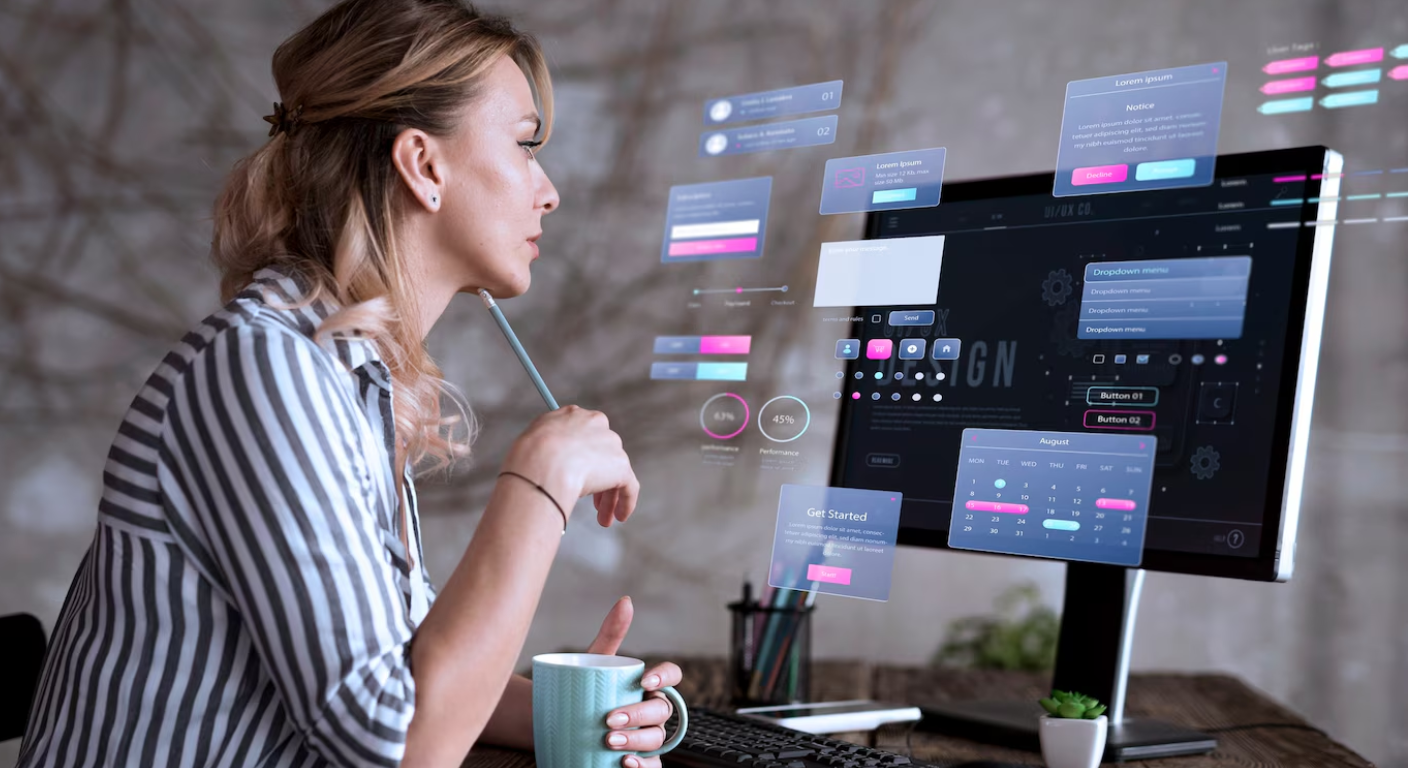Great design is more than visual aesthetics—it’s rooted in psychology. Understanding how users think and behave can help web designers create emotionally engaging and persuasive websites.
1. Color Psychology and Emotional Triggers
Colors influence how users feel. Red creates urgency, blue evokes trust, and green suggests harmony. Select a palette that aligns with your goals and target audience.
2. Visual Hierarchy and Focus
Use size, contrast, and positioning to direct user attention to important elements like CTAs. A clear hierarchy makes navigation intuitive and content digestible.
3. Trust and Credibility Cues
Trust badges, testimonials, and professional visuals help establish credibility. Clean design with logical structure subconsciously signals reliability.
4. User Behavior Patterns
Users follow patterns like the “F-pattern” and “Z-pattern” when scanning pages. Design your layout to accommodate these patterns for better engagement.
Conclusion
Incorporating psychological principles into web design can dramatically boost effectiveness. Understanding user emotions and behavior leads to more meaningful and successful digital experiences.





